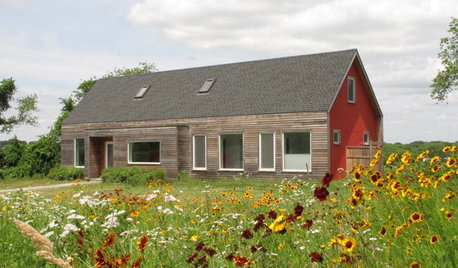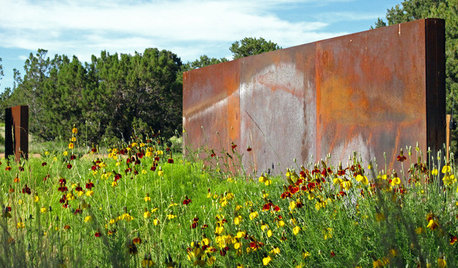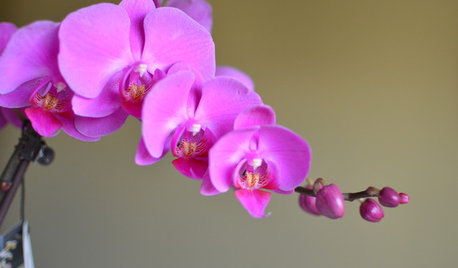Hi,
I intend to grow 100 different species of native perennials in "1020"-type propagation trays.
Questions:
1. Although I know to get the ones with drainage holes for the typical (upland) species, should I get the ones no drainage holes for the wetland species? If not, I could place the wetland species trays (having drainage holes) on the margin of my garden pond.
2. I only want 20 plants to survive per species. The trays are 11" W x 21.37" L x 2.44" D. Can I sow 2 species per tray so that one continuous section of the trays is a monoculture of one species, and the other equal sized section of the tray is a monoculture of another species? I'd like to do this because then I won't need 100 trays for 100 species; I'd only need 50 trays for the 100 species. This would save moneynot only on trays (which is not the biggest concern), but on purchasing appropriate soil -- which will be the next question. I'm just concerned that 20 seedlings of one species (on one side of the tray) plus 20 seedlings of of another species (on the other side of the tray) for a total of 40 seedlings per flat would result in over-crowding. I do not mind if this slows growth down; my only concern is that this would result in seedlings dying. I would select the 20 most vigorous seedlings per species in situations where more than 20 germinate; the excess seedlings I will plant out around the yard just in case they survive without management.
3. Since I'll need to fill 50 (or even 100 trays) with soil (11" W x 21.37" L x 2.44" D), that would mean about a half yard (or full yard for 100 trays) of soil. I think that getting a truck load of soil would be a bad idea as that "pure black gold" will probably contain plenty of weed seeds, whereas purchasing 2.0 or 2.5 cu. ft. bags of compost soil will also be a bit expensive but may be the best route. I've been advised to purchase 'seed starter' soil... this would be even more expensive; perhaps I could go with the lowest 2" being bags of compost soil, and the upper 0.44" being seed starter soil?
4. I intend to place a shade cloth over the seedlings as they grow and water them as needed. I'm doing this because I spent a lot of money on sowing wildflowers and wild grasses only to find that many of the more expensive species did not germinate (following controlled, indoor stratification) do to issues such as too much un-decomposed woodchips in the soil, and many plants that did germinate succumbed to single days of drought where watering was not supplied. i.e. You spend months watering and you miss a single day or weekend that's particularly hot/dry and lose the entire investment in a given section -- it's my favorite. Trays are the way to go when doing wildflower type restoration on small sites. Just sow the cheap and easy-to-germinate stuff (Rudbeckia, Coreopsis, etc.) out.
I'd like to grow the 40 seedlings per tray/flat for a year, seeding the trays out doors this fall and planting the seedlings out next fall -- following a year's growth. I would have gone the route of using separate cells (trays of 38 plugs) if that didn't mean an increase of water-loss due to space in between plugs... I could have sown a enough seeds per plug to ensure each plug had seedlings, despite the potential for a lower germination rate. Does this sounds viable?
Note: The types of plants (so you have an idea of seedling vigor and size) I intend to grow are all plants that, as per my observation, would grow up to 3' in a growing season (from seed) if presented with optimal conditions, BUT will grow to about only 3" if given poor conditions (low light/moisture). If the seedlings start to really take off, I could scale back the watering just long enough to get them to survive the summer. Once they are established in the trays, they will survive from there even if small... it's getting them past the first year. Size, as far as I've observed, doesn't matter -- death due to drought does.
Thanks! Hopefully this helps a lot of this reading your comments.













TexasRanger10
Related Discussions
Anyone growing grasses from plugs?
Q
Wildflower garden/help with planting
Q
Starting a wildflower garden using micro clover instead of grass?
Q
Wildflowers that compete best with Grasses
Q